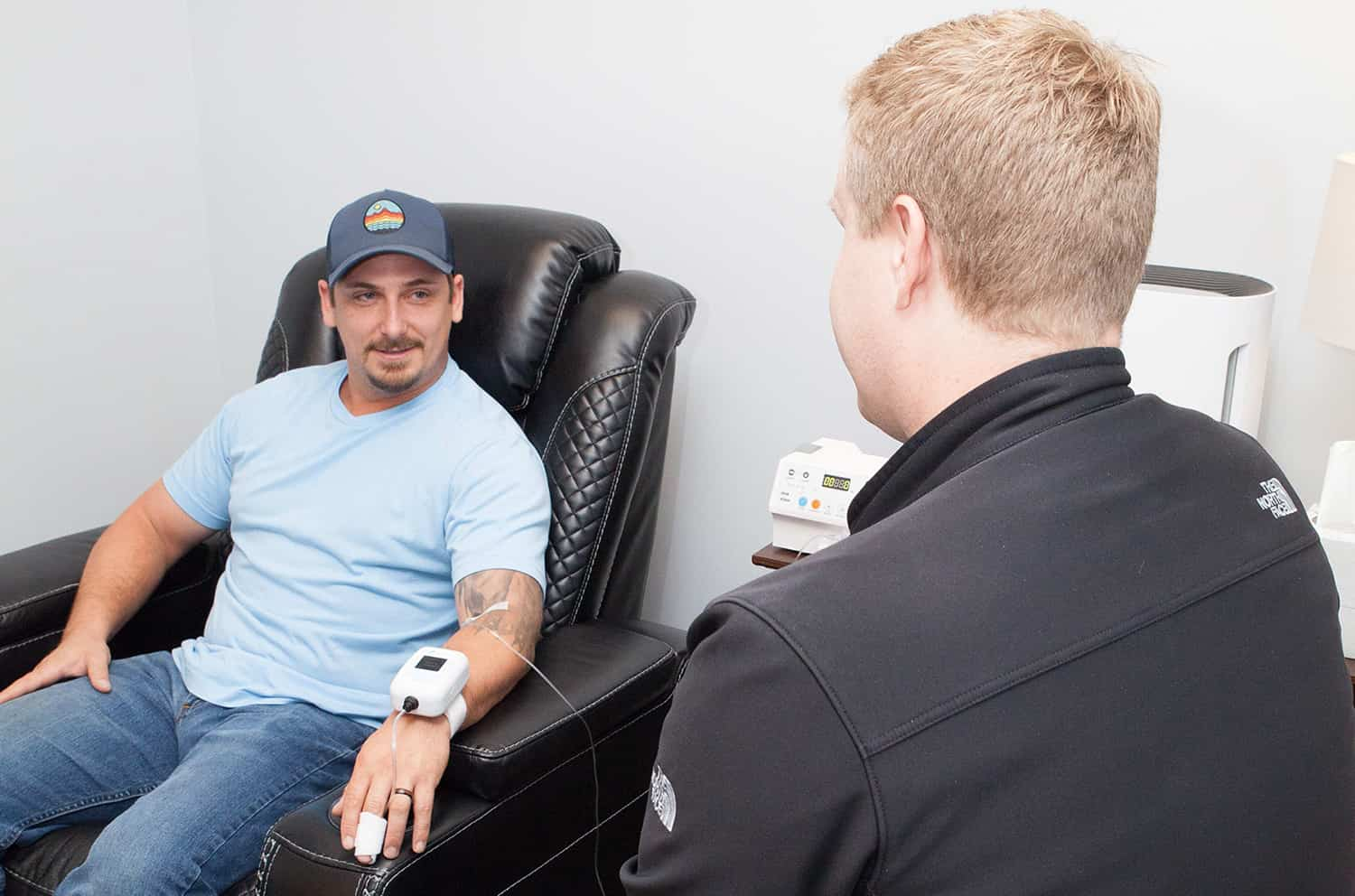Mark Twain once said, “It ain’t what you don’t know that gets you into trouble. It’s what you know for sure that just ain’t so.” This insightful quote resonates strongly with the events surrounding the tragic loss of lives during a deep water dive conducted by OceanGate Expeditions on June 18, 2023. The ill-preparedness of the submarine they were aboard, despite the presence of the CEO among the passengers, suggests that the problem was not deliberate carelessness but rather a lack of fact-based decision making. This exemplifies the crucial role of incorporating scientific evidence to ensure safety and success in any endeavor. In the context of ketamine and psychedelic therapies, it is essential to recognize the risks associated with an incomplete understanding and the need for accurate information and effective dissemination among practitioners.
The Consequences of Ignorance:
Ketamine and psychedelic therapies have gained significant attention in recent years for their ability to positively influence the brain’s baseline function without inducing unconsciousness. These therapies stimulate a neuroregenerative response, leading to enhanced connectivity, cognition, and mood regulation. There are even some who find benefit in the “experience” due to the loss of inhibition and suggestibility which occurs during psychedelic inebriation. The foremost experts have established best-practice protocols which outline the best administration route, modality, and environment for optimal results among all patient populations and demographics who suffer with a particular disease or diagnosis. However, due to the abundance of inaccurate knowledge available among the public and professional communities, there is a growing number of practitioners who are administering these substances without a comprehensive understanding of their side effects and health risks. This knowledge gap poses potential harm to the individuals they aim to treat and hampers the field’s progress.
Understanding Ketamine’s Safety:
Ketamine is a well-known and safe anesthetic adjunct used across various medical settings, including anesthesia for children aged six months and older. While ketamine itself is generally safe, it is not without its risks. During the COVID-19 pandemic, authorized providers became able to prescribe controlled substances via telehealth, which opened the door for companies to offer sublingual compounded forms of ketamine for at-home use. Thus, venture capitalists invested billions of dollars in advertising for web-based companies and providers who were prescribing opioid agonists, adderall, and other substances that had once required an in-person appointment. While venture capitalists saw a profitable opportunity, ethical ketamine therapy providers refrained from using this sublingual route due to its poor absorption and potential health risks, including the life-threatening complication of laryngospasm. Unfortunately, some patients have diverted from best-practice models and opted for self-administration of sublingual ketamine. I have seen this poor, ignorant decision result in fatal incidents such as laryngospasm-induced deaths associated with companies pushing take-home ketamine.
The Consequences of Ignorance in the Field:
My outrage sparked by large investment firms endangering patients’ lives for profit turned into shock when it became evident that these providers had no knowledge of laryngospasm or the potential risks associated with sublingual ketamine. These practitioners adopted non-scientific ideas about the therapeutic benefits of ketamine and psychedelics in treating mood disorders, abandoning the scientific and reproducible approach in favor of a human experimentation model that often lacks factual basis. While their intent was to increase access to care and help struggling individuals, the result became increased risk for patients due to a lack of familiarity with established research and data on safe and effective ketamine administration.
Balancing Intentions with Responsibility:
When I openly confronted these providers and companies about their unethical practices, I learned their intent was to increase access to treatments for those who are struggling. While this softened my approach significantly, good intentions alone cannot protect those seeking help from unnecessary risks. Neglecting to invest a mere ten minutes in understanding potential risks can have severe consequences for patients. Continuing to prescribe at-home ketamine administration prioritizes profits over patient safety, sacrificing optimal outcomes for the sake of convenience. The belief that nothing bad can happen due to the absence of prior incidents perpetuates confirmation bias and stifles critical thinking regarding safer and more affordable administration methods. The tragedy involving the CEO of OceanGate Expeditions serves as a poignant reminder that ignorance, rather than greed, can lead to devastating outcomes.
In the end, the events surrounding the loss of lives during the ill-fated dive expedition and the misuse of ketamine in therapeutic settings underscore the importance of knowledge and understanding in ensuring safety and success. It is crucial for practitioners to continually educate themselves on the potential risks and best practices associated with ketamine and psychedelic therapies. By prioritizing accurate information, adhering to scientific approaches, and maintaining a deep sense of responsibility towards patients, we can foster a safer and more effective treatment environment, thus avoiding the perils of ignorance.







